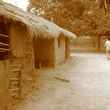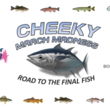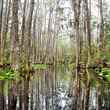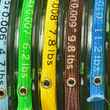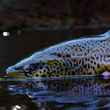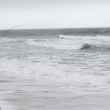In an effort to increase participation in fly fishing and support the fly fishing industry the American Fly Fishing Trade Association (AFFTA) and the Fly Fishing Show have teamed up to offer AFFTA members more benefits in 2014. The Fly Fishing Show has agreed to give a 10% discount on booth fees to any AFFTA retailer or manufacturer who didn't participate in the trade show in 2013. The AFFTA and Fly Fishing Show are also working on future member benefits for upcoming conventions as part of the cooperative agreement.
"This mutual agreement falls within AFFTA's mission and goals, which include growing demand for fly-fishing products by attracting new participants to the sport and promoting better business practices and professional development opportunities for our members," explained AFFTA president Ben Bulis.



